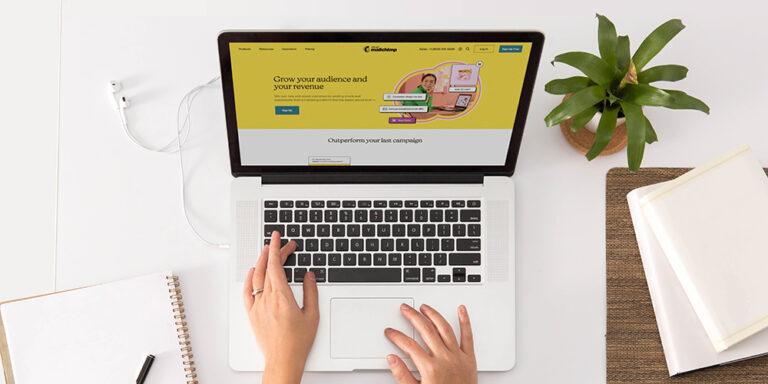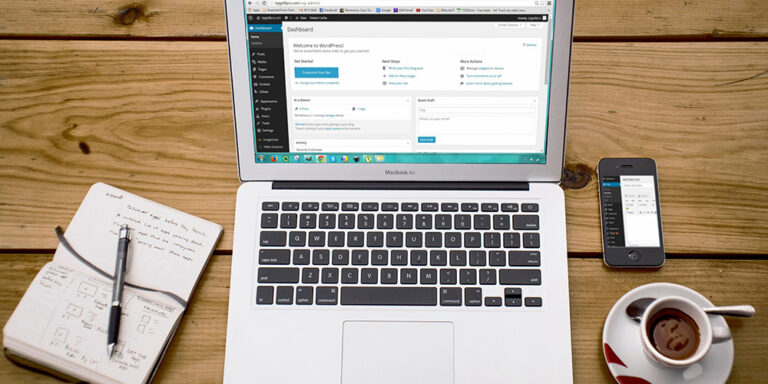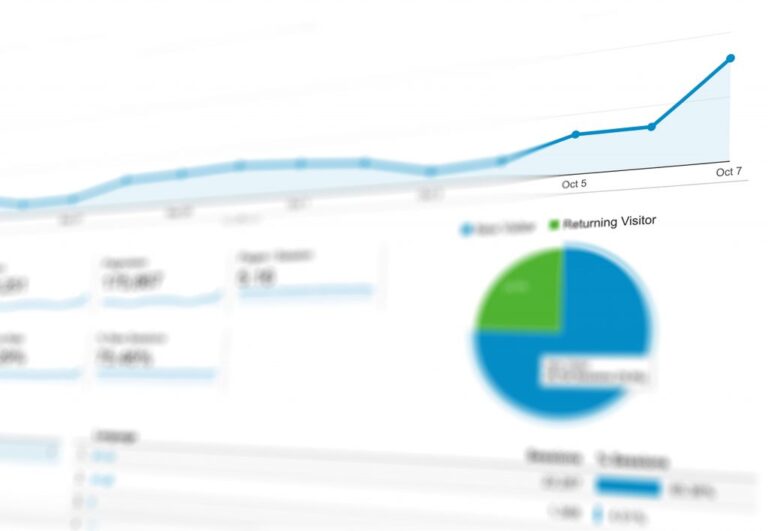
7 Essential Steps to Hiring a Web Designer Who Will Transform Your Online Presence
Are you tired of having a dull and outdated website that fails to captivate your audience? Are you ready to take your online presence to the next level? It’s time to hire a web designer who can transform your website and elevate your brand. But with so many options out there, how do you choose the right one? In this article, we will walk you through the 7 essential steps to finding and hiring a web designer who will bring your vision to life and create a website that not only looks stunning but also converts visitors into customers. From defining your goals to evaluating portfolios and conducting interviews, we will provide you with practical tips and expert advice to ensure that you make the right choice. By the end of this article, you will have a clear roadmap to finding the perfect web designer who will take your online presence to new heights. So, let’s get started on your journey towards a visually stunning and highly effective website that drives results. Don’t settle for mediocrity when you can have greatness! The Importance of Hiring a Web Designer In today’s digital landscape, a website serves as the face of your business. It’s often the first point of contact for potential customers, making it crucial to create a positive and lasting impression. This is where hiring a skilled web designer becomes essential. A professional designer not only ensures that your website looks appealing but also optimizes it for functionality, usability, and accessibility. This multifaceted approach can significantly influence how visitors perceive your brand and engage with your content. Moreover, a well-designed website can have a profound impact on your business’s credibility. Websites that are outdated or poorly designed can lead to skepticism among users, causing them to question the reliability of your services or products. Conversely, a modern, aesthetically pleasing site conveys professionalism and trustworthiness. A web designer can help you establish a strong online presence that resonates with your target audience, ultimately fostering customer loyalty and encouraging repeat visits. Finally, a proficient web designer understands the importance of user experience (UX) and user interface (UI) design. They focus on creating intuitive navigation, fast loading times, and mobile responsiveness, which are essential elements for retaining visitors. When users have a positive experience on your website, they are more likely to convert into customers. Investing in a talented web designer is not just about aesthetics; it’s about setting the foundation for your online success. Identifying Your Web Design Needs Before embarking on the journey to hire a web designer, it is critical to clearly define your web design needs. This step involves understanding the purpose of your website and what you hope to achieve. Are you looking to establish an online store, provide information about your services, or build a portfolio to showcase your work? Identifying these goals will not only guide your discussions with potential designers but also help you evaluate their capabilities in meeting your specific requirements. Additionally, consider the audience you want to target. Knowing your ideal customer will influence various aspects of your website’s design, including its layout, color scheme, and content. Conduct thorough research to understand your audience’s preferences and behaviors. This knowledge will empower you to communicate effectively with your web designer, ensuring that the final product aligns with your vision and resonates with your target demographic. Finally, take stock of your existing assets and resources. Do you have brand guidelines, logos, or specific content that should be integrated into your site? Understanding what you already have and what you may need to develop will help you articulate your needs more clearly to the designer. By setting clear objectives and gathering all necessary materials, you will create a solid foundation for the design process and pave the way for a successful collaboration. Researching and Shortlisting Potential Web Designers Once you have a clear understanding of your web design needs, the next step is to research and shortlist potential web designers. Start by asking for recommendations from your network or industry colleagues. Word-of-mouth referrals can lead you to trustworthy professionals who have a proven track record. Additionally, explore online platforms such as LinkedIn, Behance, or Dribbble, where designers showcase their portfolios and projects. You can filter candidates based on their specialization and style, ensuring a match with your vision. When evaluating designers, consider their experience and expertise. Look for individuals or agencies that have worked on projects similar to yours. For instance, if you require an e-commerce site, seek out designers who have successfully created online stores and can demonstrate their understanding of e-commerce functionality. As you compile your shortlist, take note of the variety in their design styles and approaches, as this will help you find a designer who aligns with your aesthetic preferences. Lastly, don’t forget to check online reviews and testimonials. Feedback from previous clients can provide invaluable insights into a designer’s work ethic, reliability, and ability to meet deadlines. A designer with positive reviews is more likely to deliver a satisfactory experience. Create a shortlist of three to five candidates who stand out based on their skills, experience, and client feedback, and prepare to delve deeper into their portfolios in the next step. Evaluating Portfolios and Previous Work Having shortlisted potential web designers, it’s time to evaluate their portfolios and previous work. A designer’s portfolio is a reflection of their style, creativity, and versatility. Pay close attention to the projects they have completed, focusing on aspects such as layout, color schemes, typography, and overall aesthetics. Look for consistency in quality and whether their designs evoke the desired emotional response. This evaluation will help you ascertain whether their design sensibilities align with your brand image and objectives. In addition to aesthetics, assess the functionality of the websites in their portfolio. A beautiful website that lacks usability can lead to a poor user experience. Navigate through the sites to test their responsiveness, loading times, and ease of navigation. Check if they incorporate essential web










